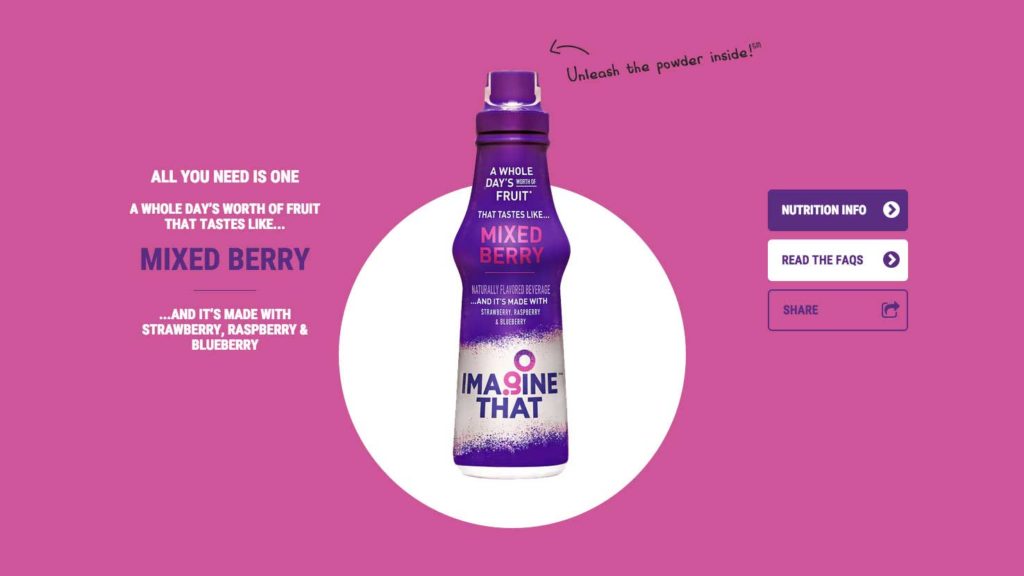The quality of the user experience has a significant impact on business success.
WHAT IS USER EXPERIENCE?
User Experience (UX) is how a person feels when interfacing with your website, e-commerce, mobile app, software or basically any form of human/device interaction.
WHY IS UX SO IMPORTANT?
Simply put, UX is important because it needs to fulfill the user’s needs and provide a positive experience that keeps users loyal to the product or brand.

WHAT MAKES A GREAT USER EXPERIENCE?
You know you have a great User Experience when your website converts visitors into customers. However, if your website is struggling with conversions, it’s important to make sure the experience is designed for the target audience. It’s important to remember when designing a digital experience that you are not your users. Don’t assume you know what they want or what they need.
Here is what you do: Get close to your users. Talk to them, watch them use your product, get inside their heads and ask yourself questions about their decisions. Listen, observe, and question as they use your product. Then, re-design to accommodate their needs and Test again until the flow is just right and conversions are growing.
METHODS OF THE UX PROCESS
There are a number of steps to go through when developing user experience. Here are 8 basic steps to start with:
1. USER PROFILES AND PERSONAS
The first step in the process is getting to know your audience. This allows you to develop experiences that relate to the voice and emotions of your users. To begin this, you will want to create a user persona, which is a semi-fictional representation of your ideal customer based on market research and data on your existing audience.
When you finish developing your user persona (or personas), you will have the profile of the person(s) your site is talking to. Creating a persona consists of diving into your site’s analytics and other customer data while also conducting internal and external interviews and surveys. You can even talk to “look-alike” audiences that reflect the same traits as your current users.
- Some of the common traits you want to consider as you develop your persona include:
- Demographics (age, location, familial status, career, etc.)
- Personality (introvert, extrovert, creative, etc.)
- Motivations (fear, incentivization, power, etc.)
- And nearly any other piece of information that will help you get to know your users
Personas should (and will) take a lot of time to develop. There are numerous steps that must be taken to ensure you have all the data and information needed to develop a useful persona. And keep in mind that they can change over time as your business and customer base evolves.
2. INTERFACE TESTING
When you’re building a user interface, the more data you can collect, the better. Conduct a study to compare the effectiveness and quality of experience between different user interfaces, including your current site. Something as minor as changing a single word could impact the effectiveness of your page.
One powerful tool for interface testing is Google’s Optimize platform. With Optimize, you can split your website impressions into two groups and show each of these groups a different version of pages on your site. Once you have a statistically significant sample size, you can see which version is outperforming the other and make adjustments accordingly.
3. USER SURVEYS
Interview existing and potential users of the system to gain insight into what would be the most effective design. Because the user’s experience is subjective, the best way to directly obtain information is by studying and interacting with users. An element on the page that you thought was working might seem completely invisible to the user, so a firsthand view of the way they interact with the website can provide valuable insights.
Analyze the people in your target audience when you’re conducting these surveys, as your own peer group may interact with the website differently than the people you want to reach. Ask questions like: How does the website make you feel? Where did you become confused? How would you go about a purchase? Does the language speak to you? You might be surprised with the amount of constructive feedback you receive.
4. USER FLOW DIAGRAM
Make a flowchart showing how users should move through a system. Start by deciding how you expect them to move through the site, then compare it to how they actually interact with it. User personas will help you here — when you understand the profile of the user on your site, you can better plan the optimal experience for them.
Additionally, a number of analytical tools can actually allow you to see how users are engaging with your website in real-time. Platforms such as Mouseflow are even able to track where a visitor’s mouse is on the page at any given time. You can also view heatmaps of the areas on the page that attract the most attention.
When you have learned how people use your site, be open to change nearly anything. The most effective sites are ones that made the user experience a top priority.
5. SITEMAPS
Once you’ve studied the user flow visitors are expecting on your site, thorough planning is essential. Start by building a sitemap for the pages you would like to create. A sitemap is a clearly organized hierarchy of your site’s pages and subpages.
Creating a sitemap makes it easier to imagine how a user will get from point A to point B on the website, and how many clicks it will take to do it. Instead of implementing structural changes once the site is built, a sitemap helps your team eliminate bad ideas early while simultaneously showing you all the pages you will eventually need to design and write content for. It is an effective tool for adding efficiency to the website building process.
6. WIREFRAMES AND PROTOTYPES
The visuals on each page matter just as much as the site structure, so invest time into creating wireframes, which are visual guides that represent the skeletal framework of web pages and provide a preview of your site’s look and feel. With a visual website framework in place, you can eliminate usability issues before any page hits a computer screen. This can save your company development time for necessary adjustments down the line.
7. DESIGN PATTERNS
Patterns provide consistency and a way of finding the most effective design for the job. With user interface design patterns, for example, picking the right user interface (UI) elements (e.g. module tabs, breadcrumbs, slideshows) for certain tasks based on their effectiveness leads to better and more familiar experiences.
One tool that helps us maintain UI consistency is style tiles. Style tiles are deliverables that show the design of all modules on a site, down to font sizes and colors. This document includes things like buttons, type layout, and even interactivity. Style tiles ensure a user will have a smooth experience across the entire site so they’ll be able to better recognize how to interact with the site’s elements.
8. STYLE GUIDES
Consistency is critical to designing a memorable user experience through a brand. Style guides give writers and designers a framework in which to work when creating content and developing a design, and they also ensure that the brand and design elements align with the owner’s goals.
Make your style guide is easily accessible to anyone working on a new website. One element on a page that doesn’t match up with your brand’s image or voice can stick out like a sore thumb. If you don’t have a style guide, consider creating one. You will be surprised how useful it will be, even beyond designing your site’s UX!
IT’S TIME TO START THINKING ABOUT YOUR OWN SITE’S UX
When is the last time you took a hard look at the user journey of your website? If it’s been a while, it’s in your best interest to revisit it and make sure you aren’t losing users due to a confusing user experience. If you need help our UX experts can provide a UX Audit Report. Learn More




